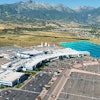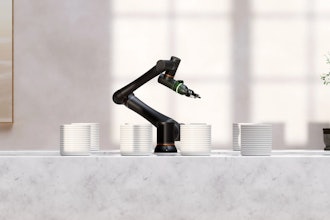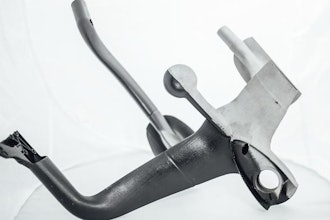
Adidas has unveiled their first high performance footwear featuring midsoles crafted by Digital Light Synthesis with their Futurecraft 4D shoe. The company has partnered with Carbon to create footwear produced with light and oxygen. The company expects to produce more than 100,000 pairs with this method by end of 2018.
Futurecraft 4D’s midsole is born out of 17 years of running data, and brought to functional reality through a digital component creation process that eliminates traditional prototyping and molding. With the new technology, Adidas officially departs from 3D printing, bringing additive manufacturing to a new dimension.
Digital Light Synthesis was pioneered by Carbon in utilizing digital light projection, oxygen-permeable optics and programmable liquid resins to generate high-performance, durable polymeric products.
Unlike traditional manufacturing, Digital Light Synthesis allows Adidas to precisely address the needs of each athlete in regards to movement, cushioning, stability, and comfort with one single component.
Three hundred pairs of Futurecraft 4D will be released in April 2017 for friends and family, followed by more than 5,000 pairs for retail in Fall/Winter 2017, and further scaling in the coming seasons.
Adidas feels that Digital Light Synthesis could overcome the shortcomings of some additive manufacturing methods that translate to slower production speed and scale, lower levels of quality, and restrictions on color and material.






















